
A Guide to Growing a Sweet Bay Magnolia Tree
Published: 08/02/2024 | Updated: 13/03/2024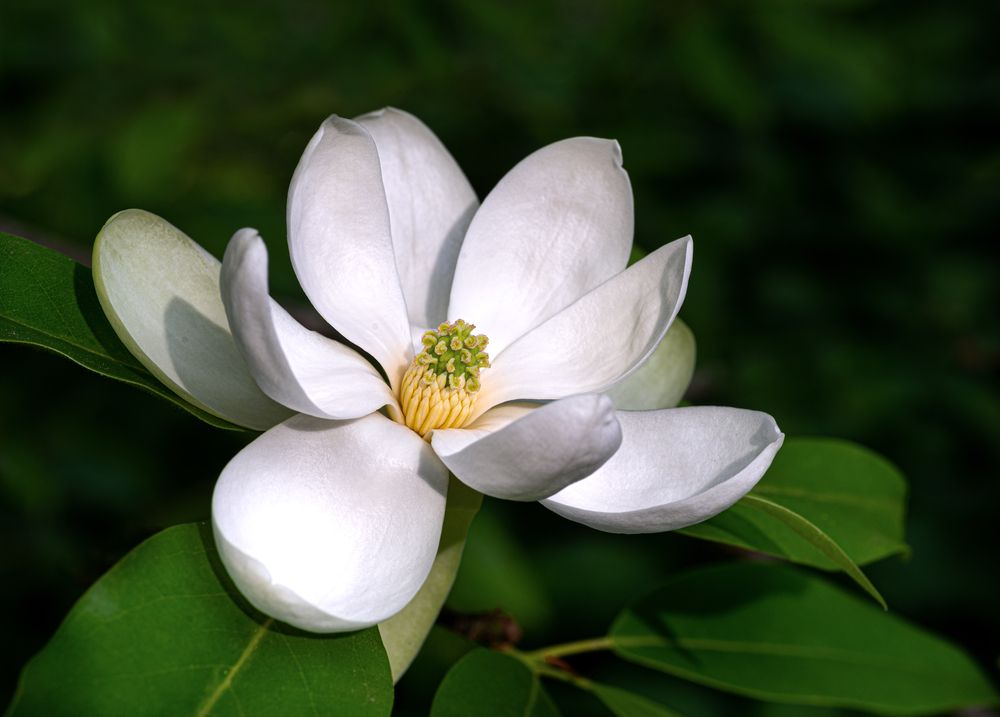


Also known as Magnolia virginiana, Beaver Tree, Laurel Magnolia, or Swamp Magnolia, the Sweetbay Magnolia is a native tree to the United States, making it one of the USA's most treasured flowering plants.
With its stunning flowers, adaptability, and ecological values, it would be a huge waste to not grow a Sweetbay Magnolia in your garden.
You might be intimidated, but you have no reason to be. Even beginner gardeners can easily grow and take care of Virginiana magnolia trees. that is, once they have all the essential information to help it thrive.
This article has all such information. You'll find here everything you need to know about the needs of a Sweet Bay magnolia and how to provide them.
All The Basic Facts of Growing Sweet Bay Magnolia Trees
Before we get into how to plant, grow, and maintain a Sweet Bay Magnolia tree, let's first break down all you need to know about it.
From the distinct characteristics of the tree to the natural conditions it needs to thrive, it's all below.
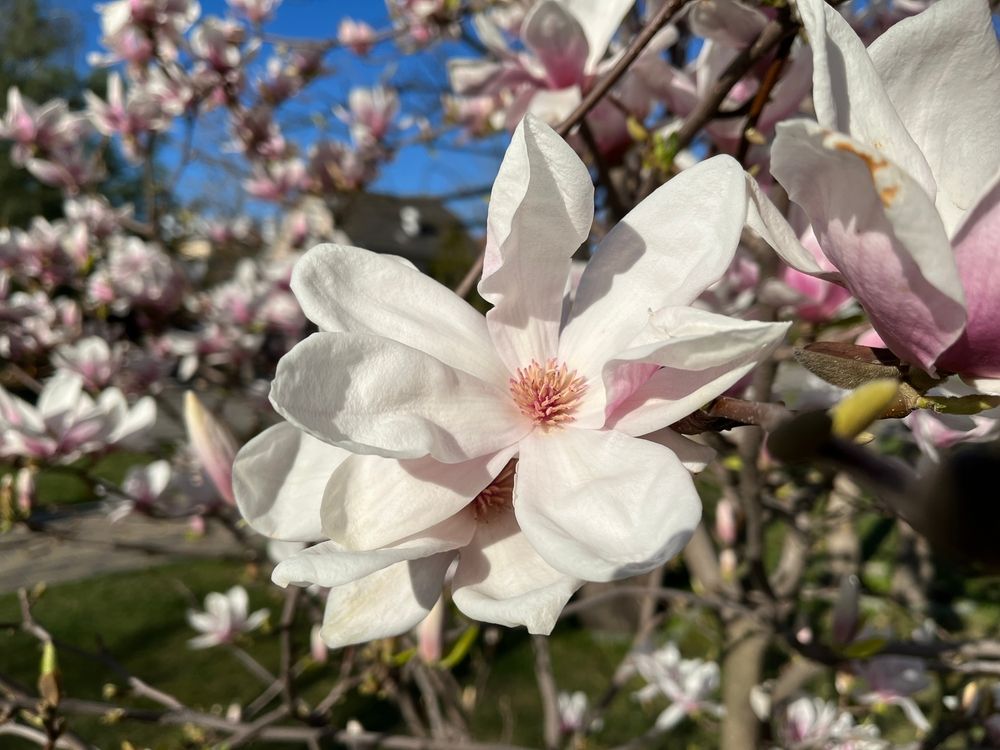
Characteristics of a Sweetbay Magnolia Tree
Native to the southeastern United States, the Sweet Bay magnolia Tree is known for its creamy white blooms against dark green leaves with silver undersides.
In its natural range, of the deep south with warm climates it belongs to evergreen trees. In colder climates, however, it ranges from semi-evergreen to deciduous multi-stemmed shrub, depending on how cold the climate is.
The lemon-scented flowers of this beautiful tree bloom in mid-late spring to early summer and are known to bloom sporadically afterward until the first frost.
Though unedible, the tree produces very interesting, aesthetically pleasant cone-like fruits. The dark red to reddish brown fruits grow in clusters and produce bright red seeds that attract birds.
The Sweetbay Magnolia tree grows to reach 10-20 feet tall.
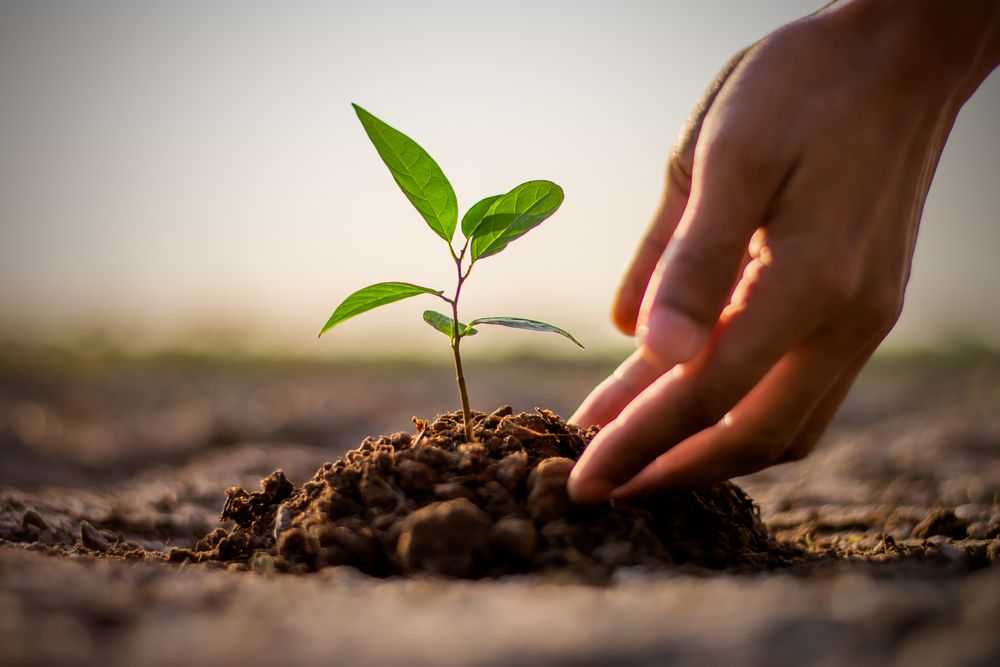
The Best Time to Plant Sweet Bay Magnolia Tree
The best time to plant Sweet Bay magnolia trees generally depends on the local climate. A general rule is early spring or fall.
In mind climates, you can plant it in early summer. In colder climates, it’s best to plant when it's dormant in early spring.
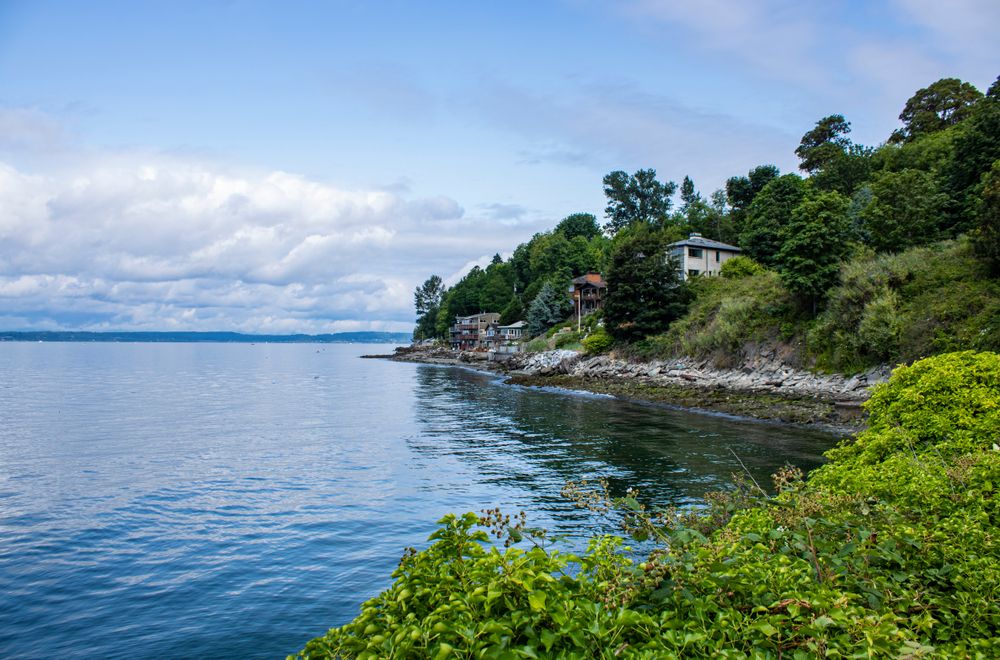
The Most Suitable Hardiness Zones for Sweet Bay Magnolia Trees
Sweetbay magnolias are cold hardy in USDA Hardiness Zones 5–9.
They're more suited for the warmer climates. However, they can still thrive with the right care in the northern climates.
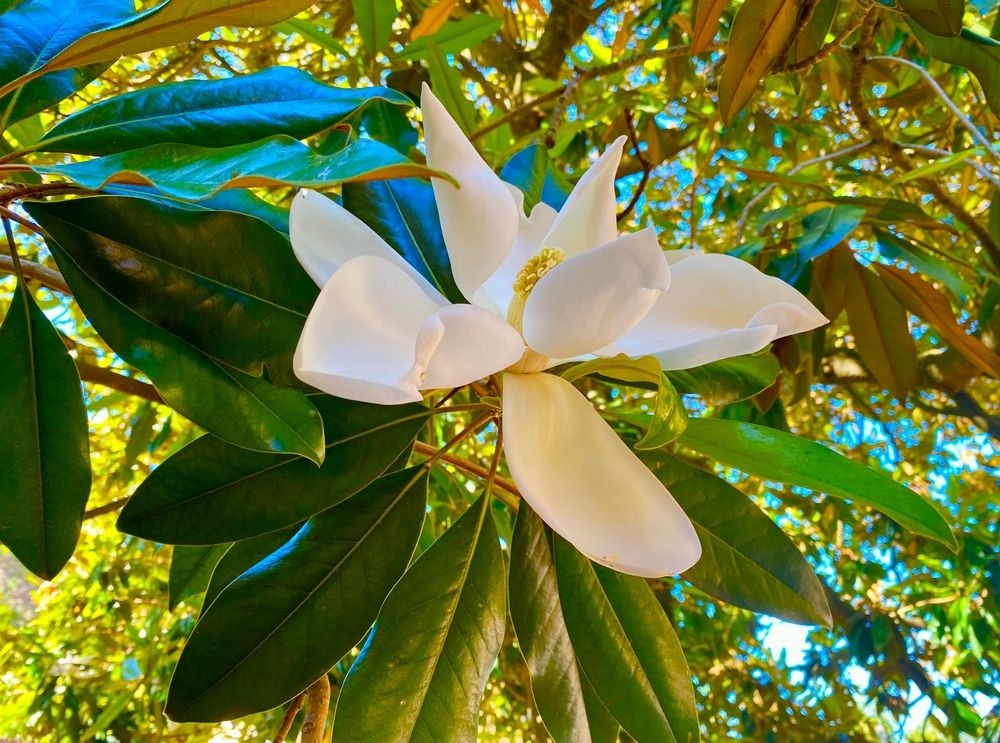
Conditions to Grow Sweetbay Magnolia Trees in
Sweetbay Magnolia thrives in the full sun to partial shade. When it comes to soil conditions, Sweetbay Magnolia prefers wet soil and is very well suited to swampy areas and boggy soils.
It does well in evenly moist soils too. Dry soils, though, even with irrigation, are very ill-suited for the Sweetbay Magnolia.
They should be fertilized every spring with a balanced fertilizer. Remove dead leaves or twigs each fall for optimal health.
Otherwise, a Sweetbay magnolia only needs good air circulation and rich soil to get the best flowers bloom of the fragrant flowers.
They need good air circulation, rich soils, and sufficient water.
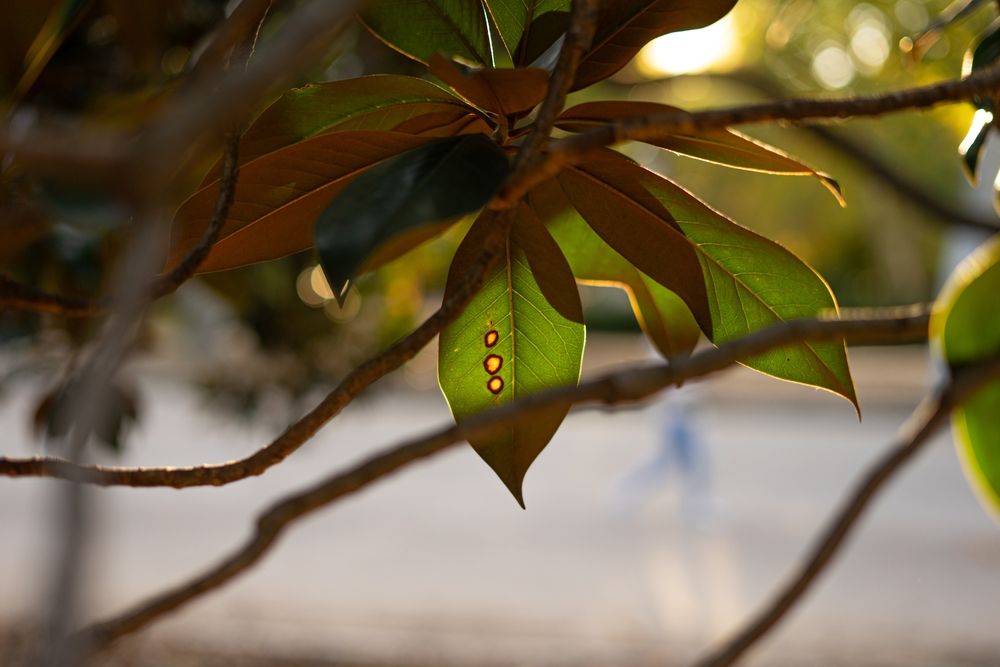
Common Problems with Sweetbay Magnolia Trees
With their stunning creamy white flowers and graceful form, unfortunately, Sweetbay Magnolia trees can sometimes have problems with pests and diseases.
Fortunately, though, both young trees and mature trees can be easily protected from those problems once you know what to expect.
Pests
Pest infestation makes up most of the problems a Sweetbay Magnolia tree is susceptible to face. A small tree, especially, without enough protection, can fall easily to it.
Here are the ones you should be on the lookout for:
Scales
Scale insects are small insects that attach to the stems and leaves, rather than bark, of a Sweet Bay magnolia tree.
If you notice an infestation, immediately remove and destroy the infested branches as well as damaged leaves or leaves with egg clusters. Use horticultural oil to prevent new eggs from hatching.
Tulip-Poplar Weevil (Sassafras Weevil)
This pest is one you want to be very on the lookout for as it can cause significant cosmetic damage to your Sweetbay Magnolia tree.
They usually affect the leaves the most. Use insecticide to prevent an outbreak. In case there is one, destroy all the infested leaves.
Diseases
Like any other tree, Sweetbay Magnolia is susceptible to certain diseases. You'll know how to offer protection from them and how to deal with them in case the tree is infested.
Here they are:
Leaf Spot Diseases
Leaf spots can either be fungal or bacterial. Overhead irrigation is known to cause leaf spots, so try and avoid this as much as you can.
Fungicidal liquids and insecticides could help prevent them from happening, but in the case, that leaf spots start showing up, trim and remove all infested leaves.
Verticillium Wilt
This serious disease is caused by Verticillium albo-atrum and Verticillium dahlia fungi. The fungus naturally lives in the soil and infects through the roots.
It's essential to take preventative measures as there isn't much you can do to cure the tree once it's infected.
To do so, just make sure you plant your tree in ideal conditions. Promptly prune off dead and dying branches with sterile and clean tools.
Make sure you don't injure the tree. Soil solarization is also a good way to deal with it.
Phytophthora Root Rot
Phytophthora cinnamomi fungus also lives in the soil. attacks through the roots and cause root rot. Yellowing leaves may be an indication of the root system rotting, especially if accompanied by general poor growth, wilting, and leaf drop.
If you suspect a Phytophthora infection, reduce watering for a while to allow the roots to dry out and heal.

How To Grow a Sweetbay Magnolia Tree from Potted Plants or Transplants?
Now that you know all the essential information about Magnolia virginiana trees, let's walk through the process of planting it in your garden:
Prepare the Planting Hole
Dig a hole that is twice the width of the container of the tree, with the same depth. It's best to enrich the moist soil beforehand. Make sure it's clean of any debris or waste.
Plant the Tree
Fill the first layer with soil once planted. Then water sufficiently. Make sure to saturate the root ball. Afterward, fill in the second layer with soil.
Care for your Tree
Other than watering, Magnolia Virgniana trees need feeding on an annual basis and attention to pests and diseases mentioned above. Prune occasionally or as needed.
A Sweetbay Magnolia tree is a perfect addition to any landscape with a wide variety of uses. You can add them to stunning shrub borders, patio plantings, foundation plantings, or as a specimen tree. In this article, you have all the information you need to plant this tree and take perfect care of it.
Transforming your fall landscape is made so much easier with our 70% fall discount on Shrubhub on all our landscape design services. This includes our 3D design services, which will make it easy for you to tell exactly how your landscape will look after the landscape is implemented. You can easily sign up for our offer here.


